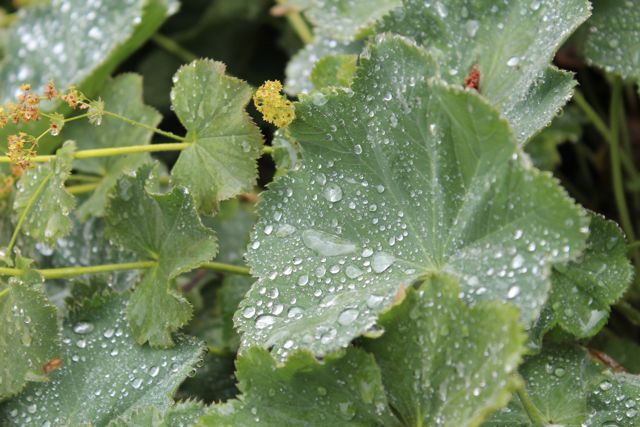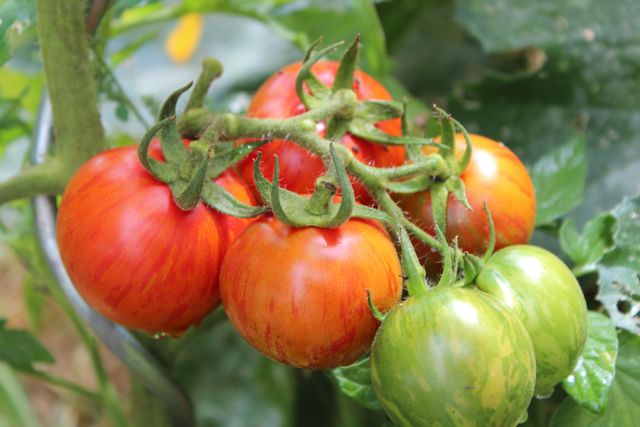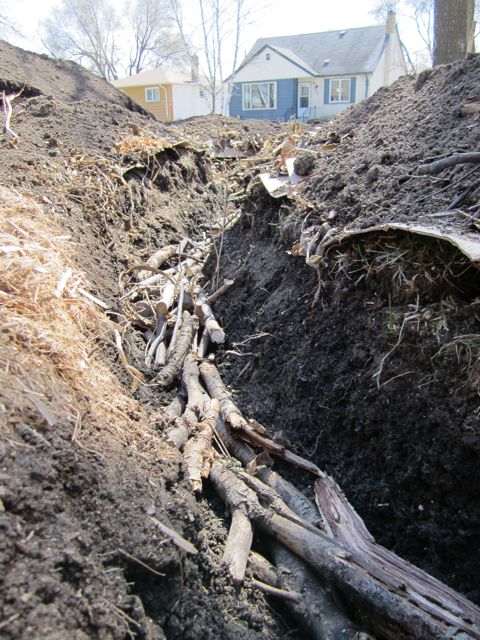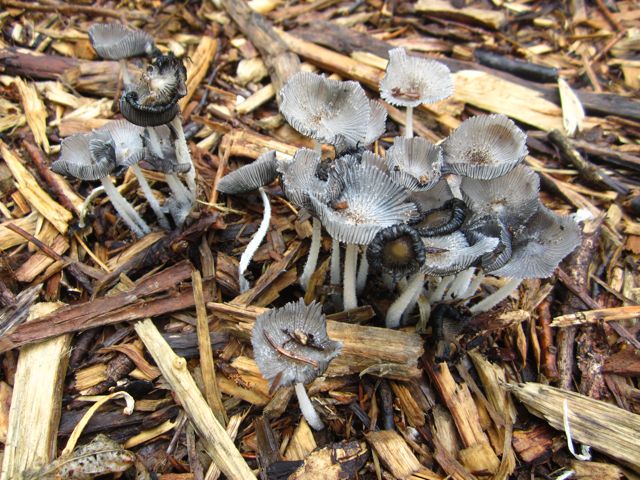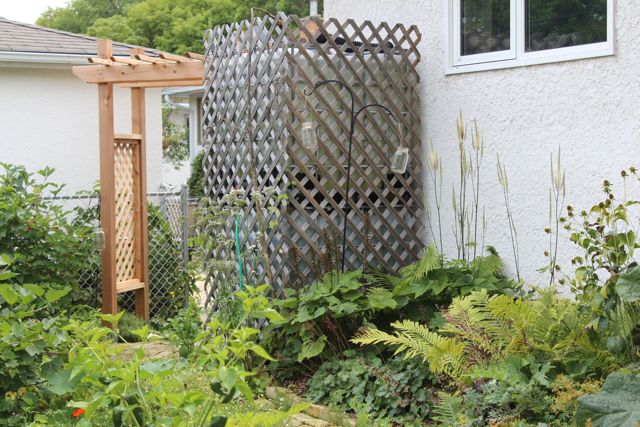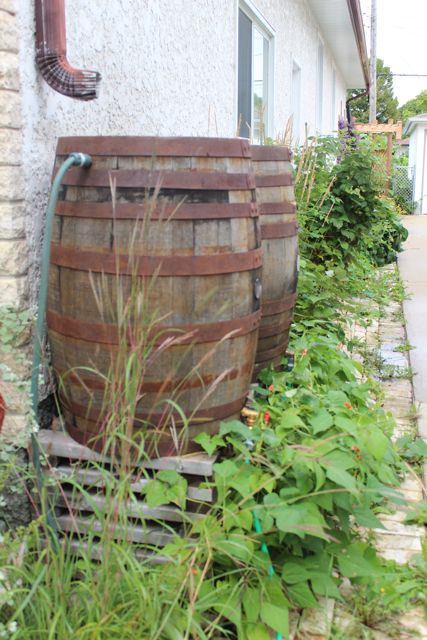This post is part of a seasonal community sharing series, Grow Together Tuesday. You’ll find posts from myself, and award winning gardener Monika Thiessen, of Prairie Girl Pottery. I love seeing what others are doing in their gardens, and since most of us aren’t neighbors, let’s peek over each other’s virtual fences, be inspired, and learn from one another! Post a link to your weekly garden notes, updates, photos, and more in the comments – any time this week!
Downpours & Droughts
Monika Thiessen
It seems this has been another summer of extremes. A cold, wet and late start was followed by a weeks long drought, cool nights, and then to end it all a massive deluge. Perhaps this weather stress is part of the reason the disease and pest numbers seem higher this year than in the past…or is that just me?
Despite the weather, the garden is still producing well. Flowers are still in bloom, we can’t keep up with the zucchini. And tomatoes, peppers and cucs are supplying a large portion of our daily meals. Greek salad three times a day 😉
In the spring of 2012, Mike dug swales throughout our yarden and this year they were really put to the test. Our swales are basically ditches that we loosely filled with logs and sticks of various sizes.
Mike built a scrap-wood boardwalk over top to cover the ditch which we then topped off with wood chips so the swales double as walking paths.
In the majority of permaculture practices, swales are made on contour, however, living in the prairies, there is not much contour. Despite that fact, we thought we could still make swales work for us, storing enormous amounts of water where it is needed: in the soil. All while reducing water loss to evaporation, and slowly filtering moisture to the plants. Our swales were totally filled at least twice this summer and only overflowed a little from the back garden one time. Not only that, but during the 7 or so weeks without any real rain, we only watered the garden TWICE! In fact even at the end of the “drought” mushrooms were still sprouting up from the woodchips!
Yay! Our system worked in both moisture extremes!
When our rain barrels and totes overflow, they flow directly into the swales, which act as underground water reservoirs that slowly release water deep in the soil. Even the brick patio collects water for the swales: when we installed it we graded the ground underneath to direct all the water to the swales, then made it level again with sand. So many hidden water features in our little paradise! This all ends up encouraging deeper root growth and essentially completely reduces run off into the sewer system. Good for us, good for our neighbours, good for everybody downstream!
These “totes” a.k.a. I.B.Us are food grade 1000L storage units that are made to be stacked on top of each other, even when full of liquid! They were a steal of a deal at $80 each, delivered. They come with the metal cages around them, but we put up some extra trellis for the beans and squash too (looks nicer for the neighbours as well). The top tote fills first (hello gravity fed water) and overflows into the bottom tote. Once they’re both full, they overflow into the swale.
The swales should always be at least 10 feet (3m) from the house to reduce the risk of basement flooding. In order to achieve this, we used a heavy duty plastic pipe at a slight angle down and away from the house to reach the start of the swale.
Seeing the streets overflow in a matter of minutes is a little scary. It made me wonder how much less runoff there would be if everyone had a rain barrel (or two) at every downspout, leading to a swale system (or even maybe a drip irrigation hose).
If you want to learn more about swales check out the videos at: http://www.geofflawton.com
or the books:
-Edible Landscaping with a Permaculture Twist: Have your yard and eat it too! (Michael Judd)
-Gaia’s Garden (Toby Hemenway)
Happy Harvesting!
Monika Thiessen is a potter, permaculture designer, urban homesteader and all around prairie plant girl. She’s happiest with the sun on her back and her hands in the soil. To check out Monika’s pottery, visit Prairie Girl Pottery.

